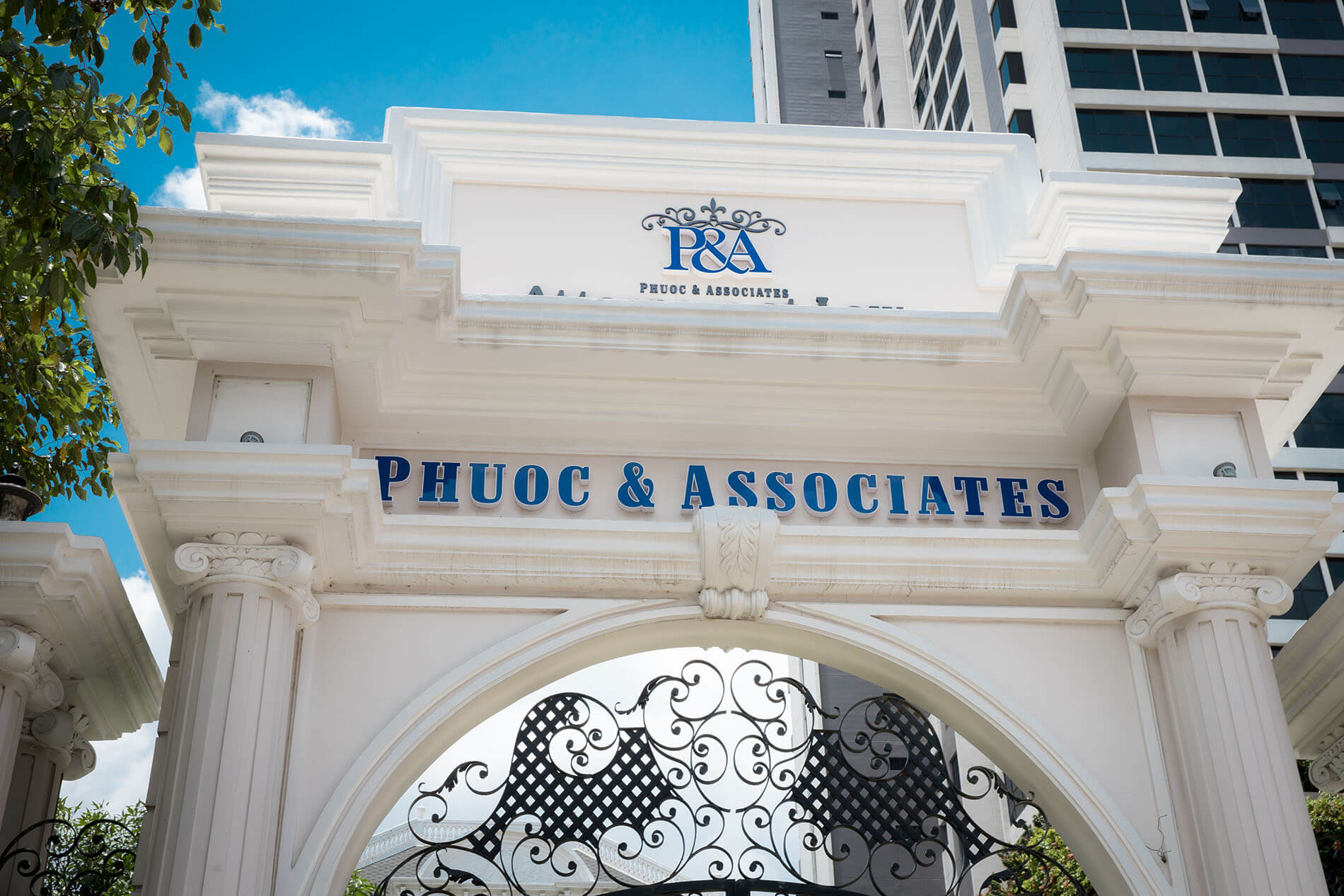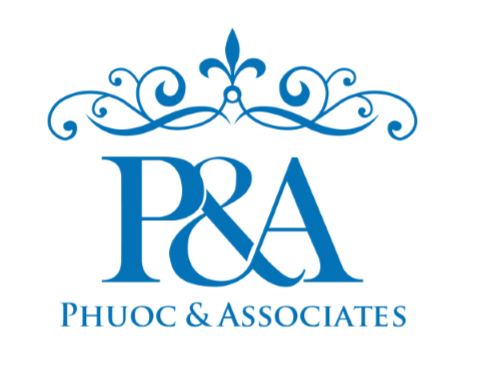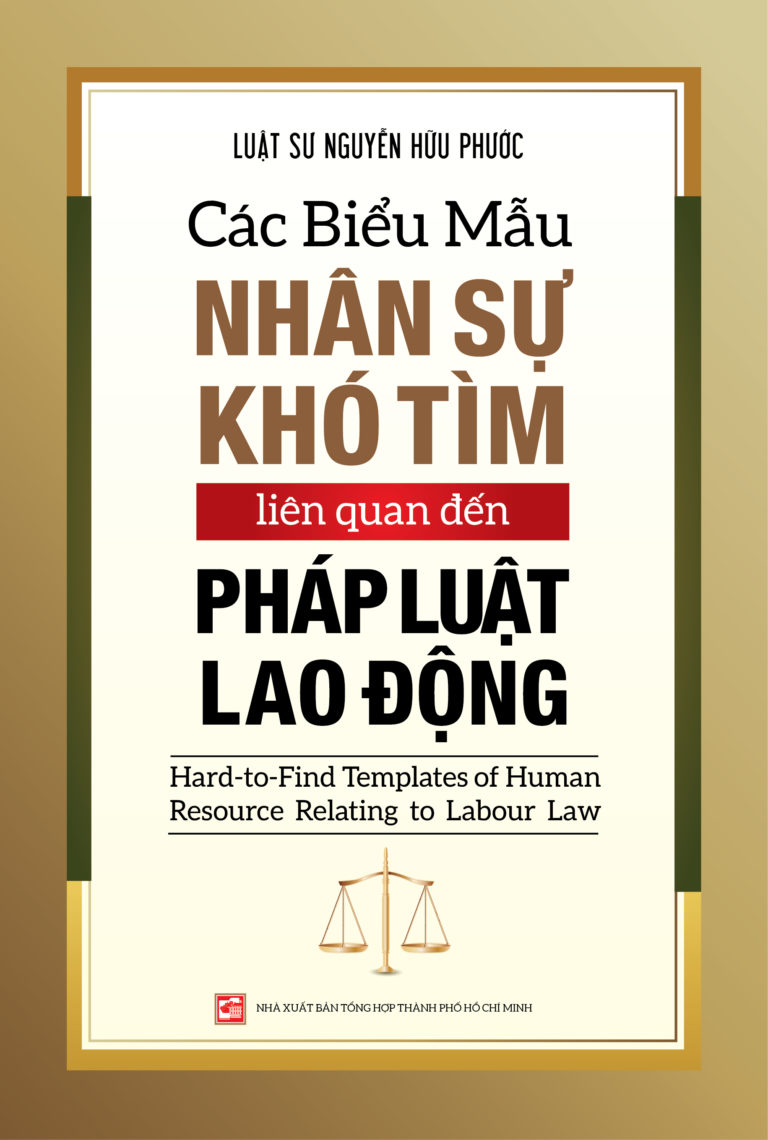How to build impressive domestic law firms in Vietnam?
Vietnam has been a member of the World Trade Organisation(WTO) since January 2007, a member of the ASEAN Economic Community (AEC) and could very well be a member of the Trans-Pacific Partnership (TTP) starting from the beginning of 2016.
Since 1987 until now, after almost 30 years of legal profession development with approximately 9,000 certified Vietnamese attorneys in the country, it is time for us to think about setting up Vietnamese law firms (“VLF”) comprising of hundreds of competent and experienced lawyers, diversified in their legal practices and providing domestic and foreign clients with full professional legal services.
In reality, if we look out into the world, it is easy to see large international law firms in developed countries. These famous law firm would operate like multinational corporations; they would hire several thousand lawyers in addition to a formidable backup team.
In other words, wherever business exists, there would be the presence of those global law firms. For additional reference, let’s look at some websites, which belong to those well-known multinational law firms that have opened their branches/subsidiaries in Vietnam: www.freshfields.com, www.duanemorris.com, www.bakermckenzie.com, www.allens.com.au.
Before discussing how to develop a few VLFs, we consider the reasons why, looking back on the formation and development of the Vietnamese legal profession over recent years, Vietnamese lawyers have been unable to create sustainable VLFs at a regional level as required by the demand of a developing market, when Vietnam has been a member of WTO for almost 10 years and has been rapidly integrated into the world economy.

The journey towards establishing and developing legal business in Vietnam
Lawyers Organisation Ordinance
During the period starting from the time the nation was united, until late 1987, the legal profession was in fact, still not recognised by the Government.
Therefore, up until September 2001, there were only 2,000 lawyers out of 80 million residents (approximately 1 lawyer/40,000 residents), among which there are onlya few hundred actual lawyers practicing law in reality, the remaining are retired officers and civil servants offering legal services. During that time, legal practice was usually carried out by individuals and was rudimentary in nature, and lawyers only participated in litigation at domestic courts.
Lawyers Ordinance
The Lawyers Ordinance (“Lawyers Ordinance”) issued on 25th July 2001 and taking effect on 01 October 2001, has blown fresh air to the “legal profession” through two essential changes: (1) establishing professional lawyer organisations (law partnerships, lawyer’s offices); and (2) not accepting assumption of multiple positions at the same time as practicing law.
Moreover, among a total of 4,000 lawyers, only about 1% possessed the general knowledge about international law and were able to support the companies in international commercial transactions, and the number of lawyers who were certified “barristers” and qualified under international standards did not exceed the number 20. Under those circumstances, it is safe to say that Vietnam was not able to establish professional and strong VLFs in that period.
Law on Lawyers
The National Assembly issued the Law on Lawyers taking effect on 01 January 2007 (“Law on Lawyers”). This marked a significant turning point on the road to professionalise the legal profession in Vietnam.
It is worth noticing that the expansion in operations scale law practice organisation (limited liability law companies, law partnerships, lawyer’s offices, ip lawyer) created various opportunities for lawyers to assert themselves in many legal service areas that did not exist in Vietnam before.
Law on Lawyers (amended, supplemented)
The laws amending the Law on Lawyers took effect on 01 July 2013, devised on the basis of improving the quality of lawyers and reasonably raising the number of legal practice organisations. With regard to the mergering, acquisition and entity conversion of law practice organisations, the laws have been amended and changed to allowa lawyer’s office to change into a law company; One member limited liability law firm into a two or more members limited liability law firm and vice versa; limited liability law firm into law partnerships and vice versa.
Besides, the Laws amending and supplementing the Law on Lawyers, it also require lawyers to improve their legal profession quality by attending the mandatory professional training courses and the law also extends the legal training period from 6 months to 12 months, while shortening the probation/internship period from 18 months to 12 months.
Strategy to increase the number of Vietnamese lawyerfor the upcoming years
Pursuant to Decision No. 1072/QD-TTgdated 05/7/2011 of the Prime Minister approving the “Strategy for the development of the legal profession by 2020”; Decision No. 2320/QD-BTP dated 13/08/2012 of the Ministry of Justice promulgating the Master plan on the implementation of a developmental strategy for law practice by 2020 as well as to implement Resolution No. 49-NQ/TW of the Politburoon the strategy for judicial reform (JR) by2020, the Ministry of Justice along with other ministries and the Association of enterprises devise a strategy for developing the legal profession envisioning changes and development from 2020 up until the year 2030. Accordingly, by 2020, the strategic target would be around 18 – 20 thousand lawyers to ensure that the ratio will be 1 lawyer/10 – 12 thousand residents and increase the number of well-trained lawyers with practical skills and professional knowledge in litigation and getting at least 150 lawyers and 30 organisations meeting highly qualified international standards.
The domination of multinational law firms
Although, there are nearly 9,000 registered lawyers practicing law across the country, the legal services market designated for large-scale enterprises in Vietnam, as in foreign invested enterprises, representative offices, branches or subsidiaries of foreign enterprises in Vietnam etc. is largely dominated by foreign law firms having branches or subsidiaries in Vietnam.
The unreasonable thing is that the size and scope of those law firmsare not really that big in Vietnam, with only around 20 to 50 lawyers and personnel; and the majority of them are Vietnamese lawyers hired to work for those firms. A few notable examples are Allens Arthur Robinson, Baker & McKenzie, Duane Morris LLP, Freshfields Bruckhaus Deringer, Mayer Brown JSMLovells, Gide LoyretteNouel Co., Tilleke&Gibbins, PricewaterhouseCoopers Legal and Russin&Vecchi.
VLFsonthe structuring and developing process
Nevertheless, in recent times, VLFs find themselves at a rapid stage of development. Many VLFs are recognised as having the potential to compete fairly with international law firms operating in Vietnam, such as Vilaf, YKVN, Phuoc & Associates, Indochine Counsel, LCT Lawyers, Pham & Associates, etc. In fact, each VLF has its own distinctive strength in providing legal services, hiring 20 to 40 lawyers and staff with head offices in Hanoi and Ho Chi Minh City; not only that, there are a few VLFs that boldly explore the legal market in the Central region by opening a branch in Da Nang City. The founding and managing partners of these VLFs are mostly Vietnamese, having previous experience from working for other international law firms in Vietnam, some of them working for companies providing investment consultancy services, or returning to practice law in Vietnam after studying in Western, Eastern Europe and the former Soviet Union.
The distinguished development trends in recent times of those VLFs are, for the most part, splitting or dividing themselves in order to assert power over each other rather than merging or consolidating for the purpose of mutual expansion. This could be understood as a general trend when the legal services market is still beginningand growing. Many VLFsthat are formed as a result of suchdivision and split have proven themselves in the last few years with medium operations scale in the aspects of infrastructure (legal office, equipment), information technology (websites, specialized software) and human elements (hiring foreign lawyers and lawyers who studied abroad); examples of those firms are LuatViet, Phuoc & Partners, LCT Lawyers, LNT & Partners etc.
Recently, there are someVLFs trying to cooperate with well-known foreign law firms in the regionsuch as LCT Lawyers Rajah &Tann (Singapore), but the result of such partnership still remains to be seen for the long run.
Rapidly growing market
The fact that Vietnam became a WTO member,is a member of the AEC and may become a member of the TPP at the beginning of 2016 will create a lot of new opportunities and challenges for VLFs. Using legal consulting services in business becomes something more essential than just being a passing “fad” of some Vietnam enterprises like before. As many foreign companies continue to seek investment opportunities in Vietnam, Vietnamese companies preparing to “go public” for the first time and small or medium enterprises trying to restructure to adapt to the new conditions and improve themselves, they all need legal consultation from lawyers to ensure business operations always comply with the laws, to sustain development or to resolve disputes. Looking back at the development stage of the market, we can say that at the present time and at least in the next 20 years, “the pie constituting the legal services market” is still big enough for VLFs.
Necessary and sufficient conditions created, why don’t we have VLFs in Vietnam?
Among myriad reasons known, we could sum them up into five main reasons below:
1. “Mismatched” legal knowledge.
The objective historical circumstances and political lives in Vietnam had many noticeable changes in the 20th Century, which create some “mismatched” viewpoints of legal knowledgeamong Vietnamese lawyers. Some are overseas students in nations that belonged to the old Soviet Union; they were trained in a socialist law system. Some went abroad to capitalist European nations, the others were trained domestically before or after the liberation of the nation (30th April 1975) or before the “economically and politically open” or “open” period (1986) and the remaining are the young 7x, 8x and 9x generations trained after the “open” period (trained under a socialist legal system with market-oriented characteristics) or studying aboard in developed European nations. The cooperation among these lawyers continues to face many obstacles because of the lawyers’ difference in methodology, mentality, perspective, legal awareness and approach.
2. “Vietnamese personalities”.
Vietnam – a country with “the fusion of personalities from three regions”. The geographical conditions, society and environment have shaped people from three regions to bear distinguishable personality traits and characteristics. The personalities of people of each “regional character” sometimes would cause differences that could not be settled when forming alliance. Some cases of VLFs’ separation or division arise from the clash of those seemingly irreconcilable characters.
3. “Income” – unprofessional distribution
The mishandled distribution of income among lawyers within a law firm is one of the main reasons leading to the dissolution and separation of VLFs. Because the nature of the legal profession is that the rewards for lawyers depend on their own time and efforts, the accumulation of experiences, reliability andclientele, if applied to income distribution by means of distributing dividend according to capital or shares contribution in a joint stock company or limited liability company commonly, it would not accurately, fairly and sufficiently reflect each lawyer’s contribution. This would only lead to otherwise avoidable conflict. Other methods of dividend distribution have also been considered; nonetheless, because of the complexity in their implementation, VLFs have chosen not to favor them. Moreover, the billing software that codifies Vietnamese language is used to bill client and distribute lawyer’s income is too expensiveor not readily available in the local market or is unsuitable for Vietnamese users.Therefore, the distribution oflawyer’s income in VLFs faces noticeable difficulties.
4. “Independent” conducts of lawyers.
Being independent, honest and honoring the objectivity of facts are the main principles of law practice. On the foundation of those values, many lawyers still retain the thoughts that while practicing law they should act independently not only of the courts or State authority but also of their own colleagues and other lawyers as well. Thus, lawyers usually prefer employing independent “fighting tactics” over collaborating with other lawyers when providing legal services to clients. There are times when the requests for legal support which clients receive falls beyond their areas of expertise; still, the lawyers would rather silently solve the problems on their own with the motto “working while learning along the way” than seeking professional opinions from fellow lawyers or introducing clients to other lawyers in fear of losing face, negative feedback or loss of clientele. For such reason, the exchange and update in professional knowledge and experience among colleague lawyers are usually very limited.
5. Lawyer career has not been recognised as a service business industry.
Law practice is regulated in a way that it is regarded as a means to protect justice, social fairness and promote a socialist juridical system. Therefore, lawyers are discouraged to do business and actively make profits to enrich themselves like other professions. This outlook, in some ways, creates hindrances for lawyers to cooperate with others in establishing VLFs within the region.
What should we do to make our great expectation come true?
In order to fulfill this vision, Vietnam has to create mid and long-term strategies, which could include the following stages:
1. The VLFs may consider cooperating with one another following three steps (first, to partner up; next, to cooperate; then finally, to merge/consolidate) to gain a gradualbut deep understanding of each other. Recently, some law companies at regional level have found ways to unite and mutually develop in accordance with the steps mentioned above (for instance, Mayer Brown to form Hong Kong Alliance with China’s Jingtian).
2. In order to develop VLFs, Vietnamese lawyers need to reinforce their patriotism by way of ignoring their “individual egos” and cooperating with other lawyers who have expertise in other fields.
3. Need a real recognition of the Government and society with regard to the nature of thelegal service industry.
4. Need support of the Government via administrative instruments such as exemption or reduction of corporate income tax; providing scholarships for lawyers to approach the legal system of affluent countries; promoting new and positive perspectives on the legal profession as well as changing the means and methods of teaching during legal professional training.
5. A proper income distribution structure needs to be discussed and devised to ensure the economic benefits of lawyers.
6. Each lawyer has to improve his/her knowledge in several aspects such as accounting and finance in order to successfully run a huge law firm like a corporation/economic group at a regional level.












